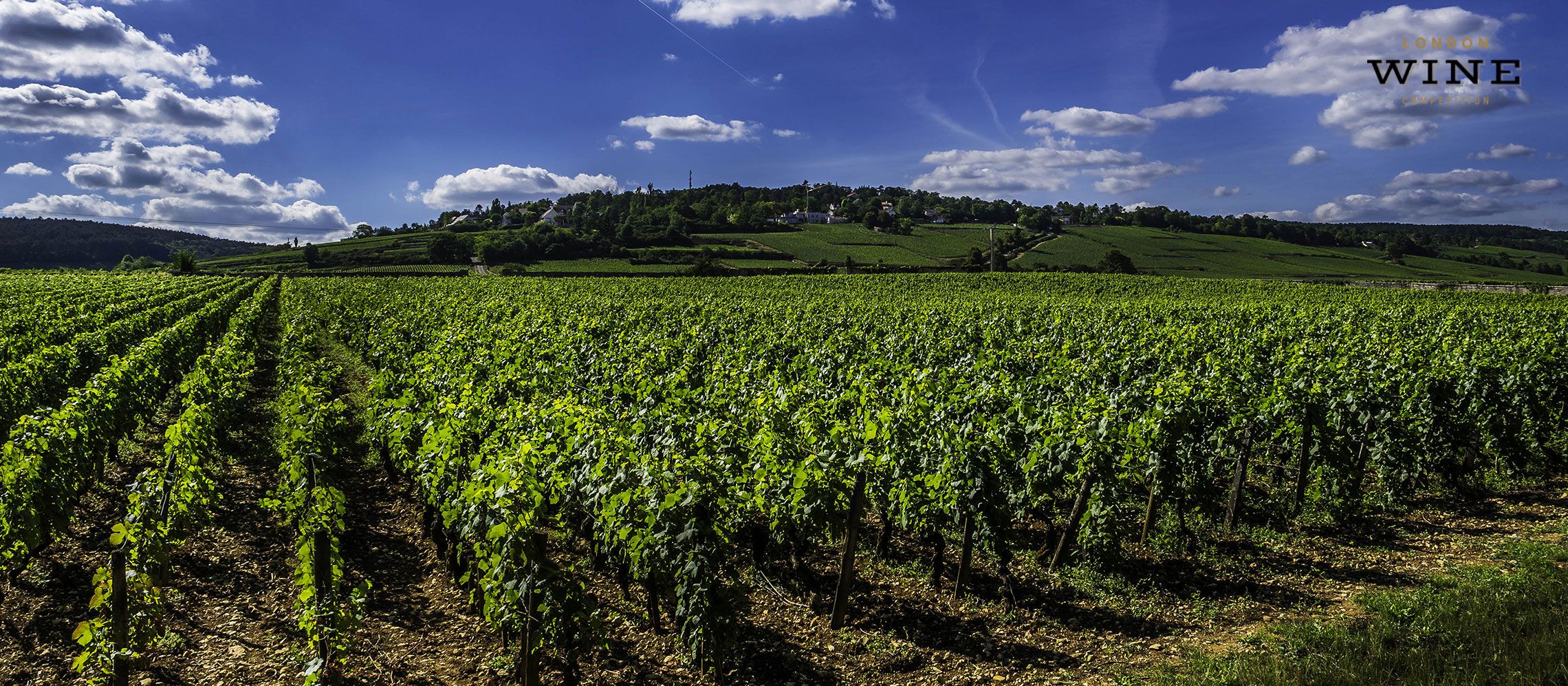Early Bird Deadline
30 November 2025
Judging
Date
23 & 24 March 2026
Winners Announcement
22 April 2026
30 November 2025
23 & 24 March 2026
22 April 2026

India, nobody would think of India as a wine country, but the country's rapidly emerging wine economy in terms of both production and consumption has the potential to become a significant player on the world wine scene. For the last couple of decades, the demand for wine has increased enormously, and in order to meet the demand, India imports annually a significant quantity of wine and has doubled the size of the production within its boundaries.
Historically speaking India has viticulture since the 500BC when the Persians brought it into the country. After that, it was discovered that grape-based drink was mentioned in the 4th century to be drunk from the chief minister to Emperor Chandragupta Maurya. From the 16th -19th century follows alcohol outlaw under Islamic dietary laws, and we fast-forward to the 1980s when modern viticulture takes place in India.
Considering the location of the country the production of wine is not an easy task. The climate is definitely not ideal, but in some areas in the north Kashmir and Punjab, in the south Maharashtra and Karnataka are suitable for vine growing. The high altitude plays the most significant role in site selection, as elevation ensures cooler growing conditions and also protects the vines from strong winds if they are planted in sheltered areas, wherein some of the prime growing areas reach 900 m.
Most of India's wine regions are located in the south-western part of the country, primarily in the state of Maharashtra and in Karnataka.
It accounts for two -thirds of the national wine production and is home to the best-known Indian wineries. Mumbai is the state capital previously known as Bombay, and it is India's commercial capital and offers easy access to the wine areas of Nashik and Pune. The large coastline on the Arabian Sea and the north-south range hills known as the Western Ghats (or the Sahyadri in this state) influence climatic conditions greatly and impact viticulture practices.
Nashik is the wine capital of India found in the center of the eponymous wine region on the banks of the river Godavari. It is located around 190 km north-east of Mumbai, and it is ideally located for metropolitan wine lovers and international travelers to indulge in the wine country experience. The region enjoys a hot tropical climate with diurnal temperature variation in the winter is such that Cabernet Sauvignon may take up to 185 days to ripen. The annual precipitation varies between 3,500 and 500 millimeters across the region, with the westernmost hills receiving the most of it and the majority of the wine region receiving an average of 700 millimeters.
Pune is the other wine-growing area on 3 hours’ drive south-east of Mumbai in southern Maharashtra. The region is famous for top quality growers, that takes a great deal of care to understand sub-regional differences and have concluded that crisp white wines are best produced from grapes sourced from the Roti area. Whilst the Shiraz and Cabernet Sauvignon are best grown in the Baramati area yielding lush and ripe fruits. Akluj area, on the other hand with its extremely low soil fertility and low rainfall opens up a new horizon for winemaking with varieties such as Gewürztraminer, Sangiovese, Muller Thurgau, or Chardonnay.
It is a huge region that offers an incredible variety of microclimates from the hot-tropical in the north to the mild-tropical in the south. The region consists of five wine-growing areas including Bangalore, The South, Hampi Hills, Bijapur, and Northern Karnataka.
Bangalore and The South have concentrated the largest vineyards and most of the best producers in the state of Karnataka. They have a moderate climate due to the higher altitude of 800 and 950 meters, whilst the peak of the Nandi Hills is at 1,479 meters. Most of the soil types are loam, scattered with gravel,
limestone, and gneiss granules at places, north of Bangalore, ensuring the production of high-quality Shiraz, Cabernet Sauvignon, and Chardonnay. Other grape varieties that are popular are Marsanne, Vermentino, Syrah, Grenache, Cabernet Franc, and Tannat that enjoy clay-rich soils.
The Hampi Hills wine-growing area has an extremely beautiful landscape of Rolling Stones, which is the UNESCO World Heritage Site. Located at the meeting of the river Tunga and Bhadra at an altitude of 590 meters, famous for Cabernet Sauvignon and Sauvignon Blanc.
The last two Bijapur and Northern Karnataka are regions strategically located close to Goa, Telangana, and Andhra Pradesh, which are important consumer markets in India. A big part of the vineyards surrounds the city of Bijapur and spread out in the Krishna valley. Both regions have a hot tropical climate with strong influence, so these inland regions enjoy warmer and drier weather, yielding highly ripe grapes.
There are as well other renowned grape-growing areas found in the states of Himachal Pradesh, Tamil Nadu, Punjab, and Jammu & Kashmir. As well as few areas in the north-east, that are also attracting international attention due to their high location and cooler climates.
Overall, the country has interesting viticulture and a very fast-growing wine industry which can play a major role in that part of the world.
Show your wines where it matters. Get your products tasted by top sommeliers, buyers and experts at the London Competitions — enter now.